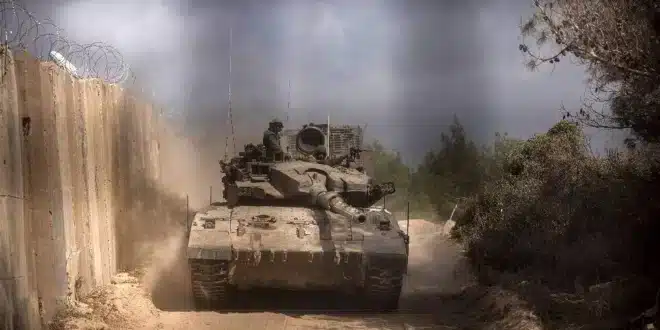On Thursday, an Israeli drone targeted a car in the southern Lebanese town of Markaba, injuring three people. This strike occurred a day after a ceasefire was established between Hezbollah and Israel.
Both the Israeli military and the Lebanese army had advised displaced Lebanese citizens not to return to villages and towns along the southern border, where Israeli forces remained after their ground invasion in early October.
Israeli military spokesman Avichay Adraee posted a warning on X, urging residents not to approach several towns, including Shebaa, al-Habbariyeh, Marjeyoun, Arnoun, Yohmor, al-Qantara, Shaqra, Baraasheet, Yater, and al-Mansouri. He cautioned that anyone traveling south of these areas would be endangering their lives.
These towns lie on the frontlines, near border villages where Israeli forces are still stationed.
In addition to the drone strike, the Israeli army launched artillery fire overnight into Thursday, targeting southern towns like al-Wazzani, Aita al-Shaab, Bint Jbeil, Taybeh, Khiam, Kfarshouba, and Marjaayun.
On Wednesday, Israeli forces also opened fire on vehicles that entered a “restricted area” near the border. Three journalists, including a freelance photographer working for The Associated Press, were injured by Israeli gunfire while reporting on the return of displaced people to Khiam, a town close to the border that had recently seen intense fighting.
Although the ceasefire began on Wednesday, Israeli troops remained in place, with plans to gradually withdraw within the next 60 days. The timing and extent of their pullback, along with the return of Lebanese civilians, will depend on the implementation and enforcement of the ceasefire agreement.


